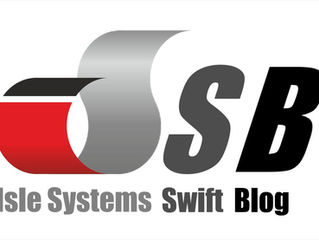

Isle Systems Swift Blog - Incidents and Isolation for Solitary Workers
We recap on a recent series of posts about protecting against incidents and isolation in the workplace.


Protecting Your Lone Workers - 7 Things to Think About
This post highlights 7 key areas to focus on when it comes to protecting your lone workers.


How to Remove the Impact of Manual Processes for Lone Worker Protection
In a previous post we covered 5 potential impacts of adopting manual processes to protecting your lone workers. These were: the human...


Isle Systems Swift Blog - Case Studies in Monitoring, Alerting and Communications
Here’s the short hand on 4 recent Isle Systems case studies. 4 different situations, 4 different industries. Protecting dispersed road...


One combined device for complete lone worker and non-lone worker monitoring, alerting and communicat
How one company started with a lone worker protection requirement and ended up improving its whole plant.


Lone Worker Protection - Outsource or Own?
This post explores the two possible courses of action for lone worker monitoring, alerting and communications: outsource or own.


The Trouble with Traditional Monitoring and Alerting Systems
Commercial solutions for monitoring, alerting and communications systems focus on lone workers, fire & intruder alarms and machinery....


Lifecycle of Emergency Events
In this post we look at the lifecycle of an emergency event and how you can manage all such events comfortably


2018 Predictions - Trends in Lone Worker Monitoring, Alerting and Communications
In this post we take a look at emerging trends for lone worker protection and place six experienced bets on what the next 12 months...


One monitoring and alerting system for multiple sites with varied device and user requirements
The company had been considering a lone worker system with indoor positioning for a long time, a situation which became more pressing after











































